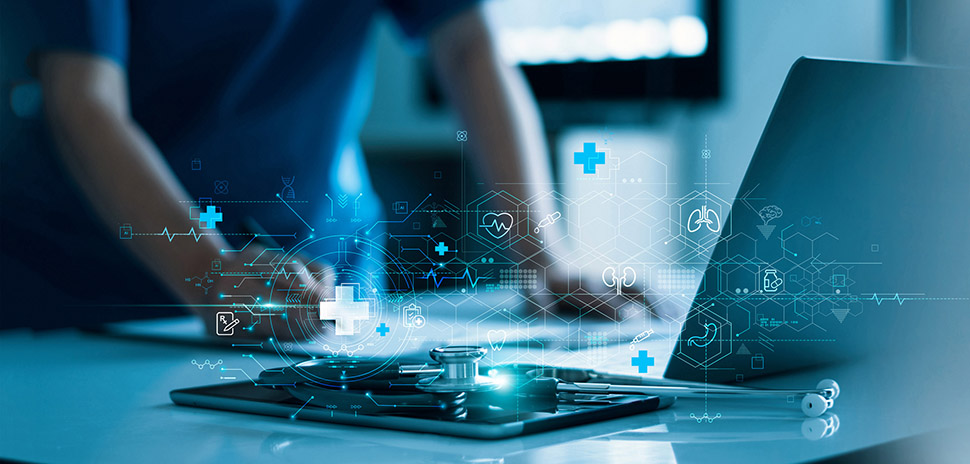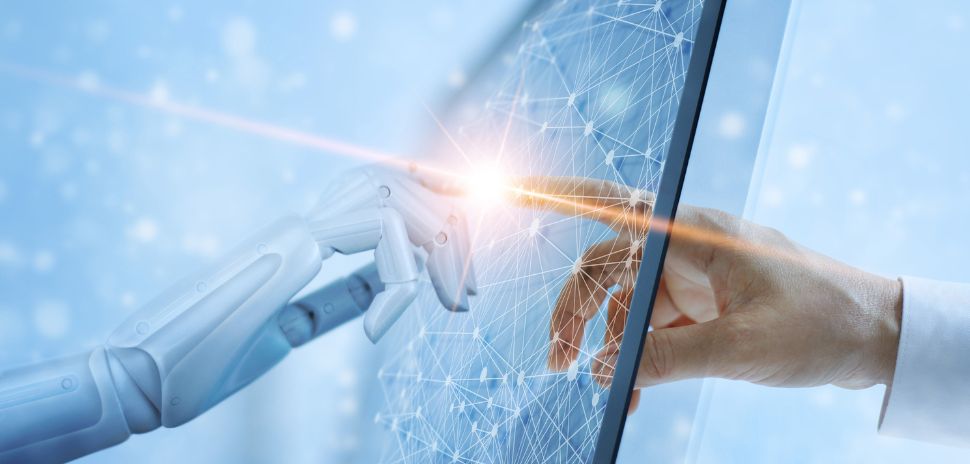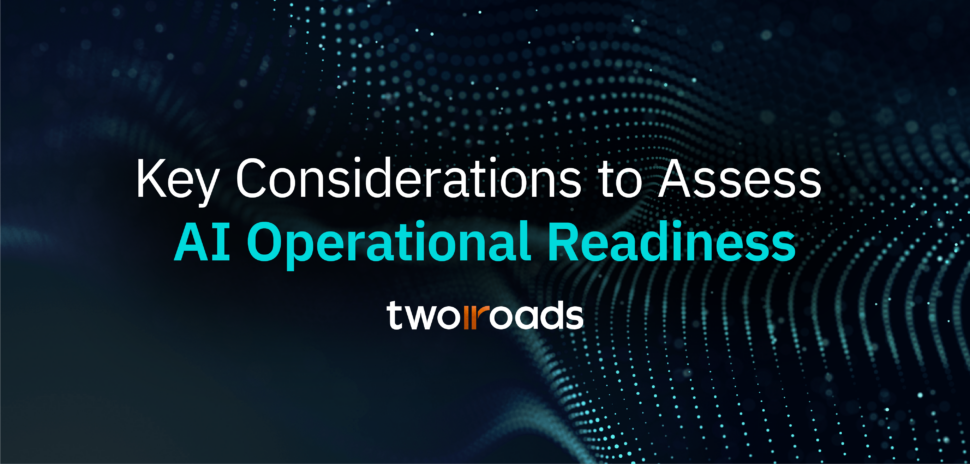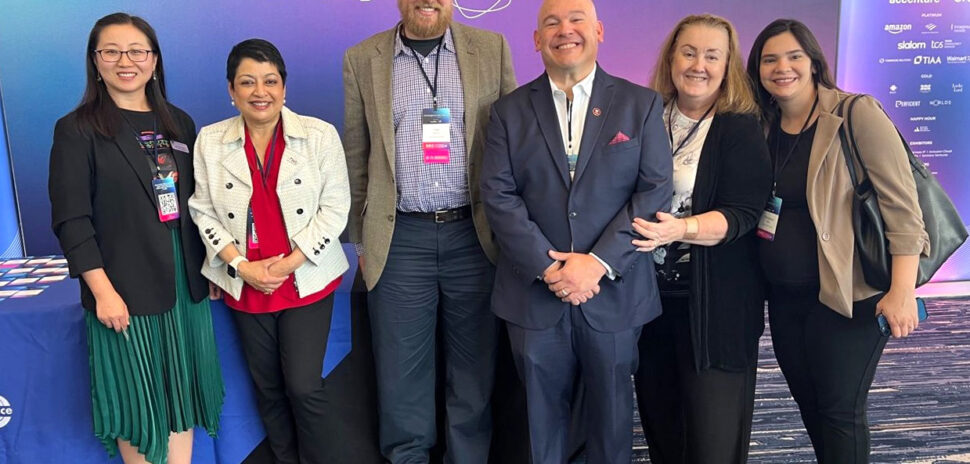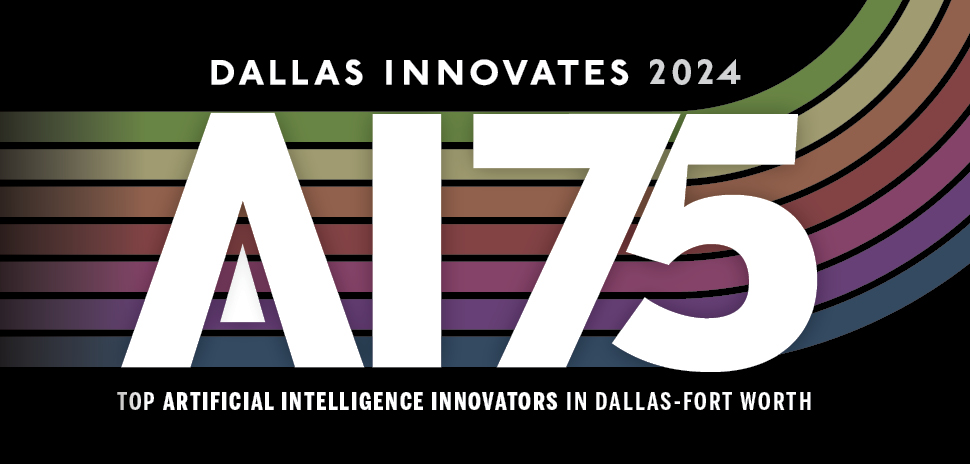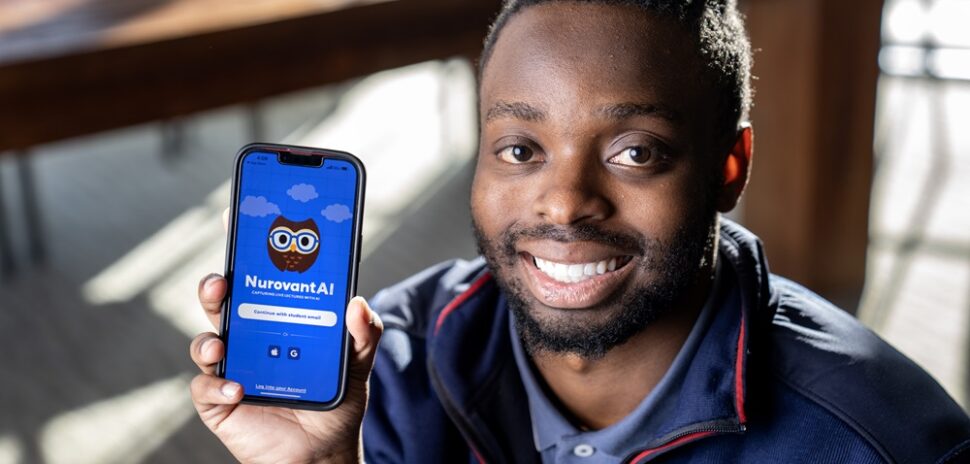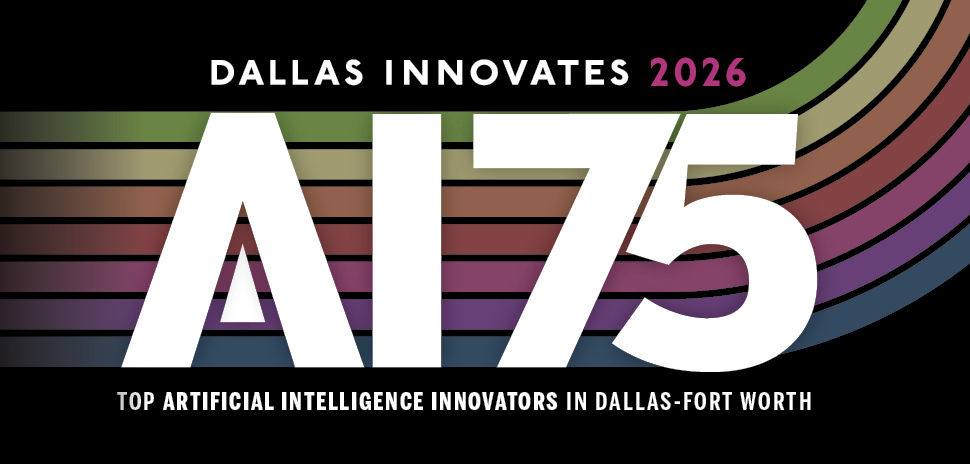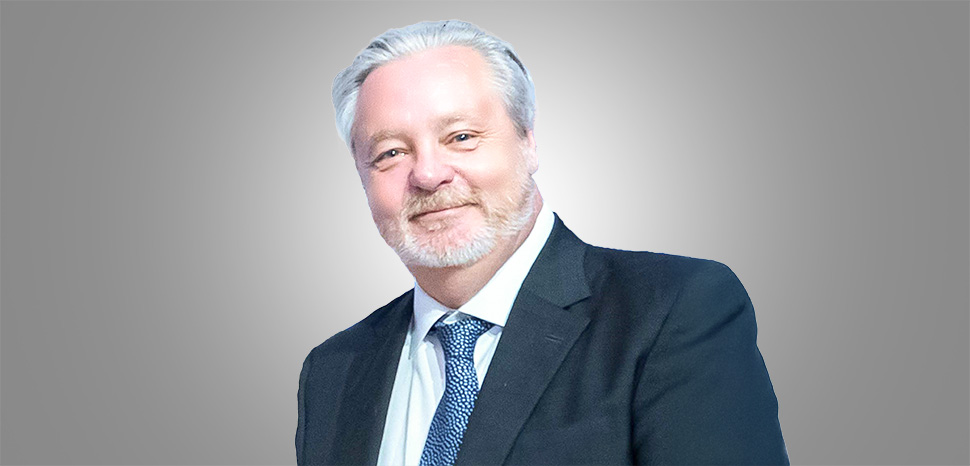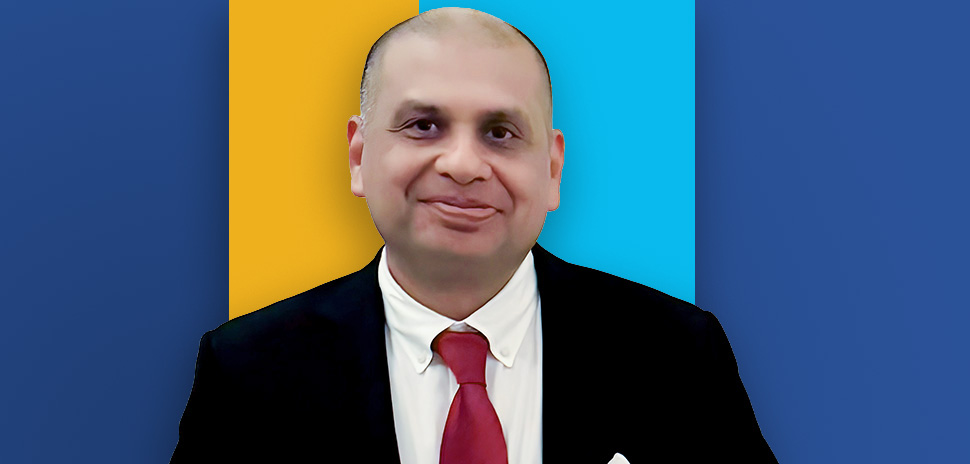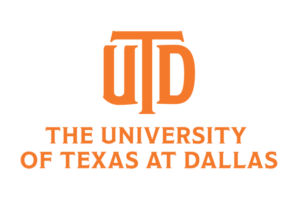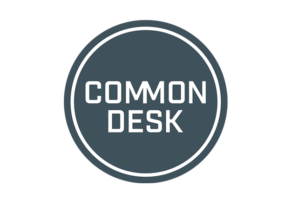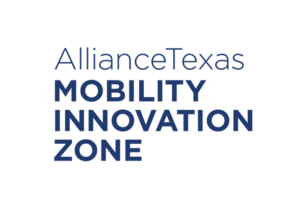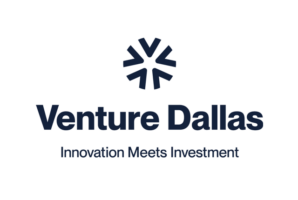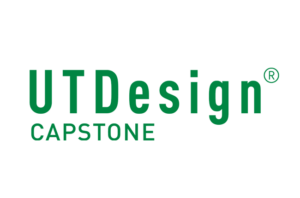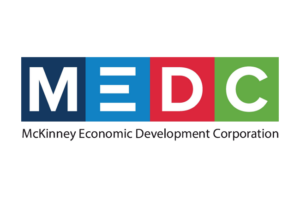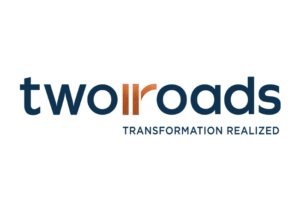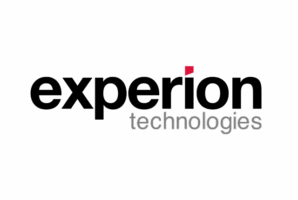When Plano-based CorroHealth wanted to introduce “reasoning” to its PULSE coding automation technology—which leverages large language models (LLMs) and natural language processing (NLP)—it sought help from UTD Professor Dr. Gopal Gupta and his team of computer science researchers.
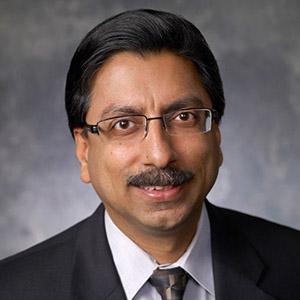
Dr. Gopal Gupta
“We needed to solve a complex problem to have our AI mimic human reasoning as closely as possible, enhancing accuracy and reducing implementation time,” Ravi Narayanan, CorroHealth’s chief technology officer, said in a statement. “So, we turned to UTD and asked, ‘How can you help us?’”
The computer science researchers in UTD’s Center for Applied AI and Machine Learning collaborated with CorroHealth via an IP assignment/sponsored research agreement, which allows companies to keep any intellectual property that results from the research.
Moving beyond pattern matching
Moving beyond mere pattern matching, Gupta and his team have developed ways to use LLMs to extract relevant data and process it with a “back-end reasoning engine” that the team built.
That process is modeled after something profound: human reasoning.
“The goal is to extract knowledge like a human would do it,” Gupta said in a statement. “Knowledge extraction puts a boundary around the information, which prevents the AI program from hallucinating, or providing false responses.”
So how does that relate to medical billing codes?
For example, if a patient with multiple cuts receive stitches, the AI software extracts that info from the electronic health record and applies its knowledge about billing codes to arrive at the correct code, much as a human expert would, the team said.
Deployed by CorroHealth
CorroHealth recently deployed the upgrade and found that it reduced mistakes and saved time for the medical experts who review electronic health records for the company.
“We continuously drive innovation and efficiency in AI and automation to enhance revenue cycle management beyond human limitations, and we’ve achieved this with UTD,” Narayanan said. “This new AI technology is much smarter because it can explicitly reason with the knowledge extracted from the electronic health record. UT Dallas was able to show us how to incorporate reasoning with LLM in our efforts to improve accuracy.”
Joining Gupta in the effort were UTD researchers including Dr. Doug DeGroot, director of CAIML and professor of instruction in computer science, and computer science doctoral students Yankai Zeng and Abhiramon Rajasekharan.
Don’t miss what’s next. Subscribe to Dallas Innovates.
Track Dallas-Fort Worth’s business and innovation landscape with our curated news in your inbox Tuesday-Thursday.

